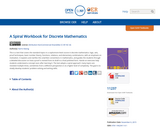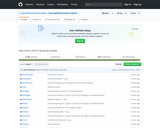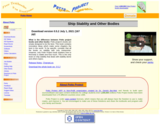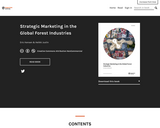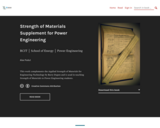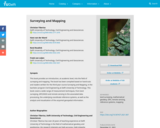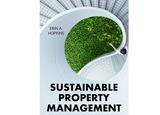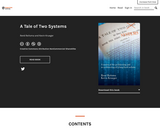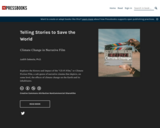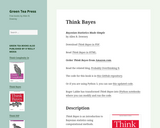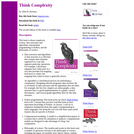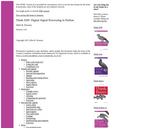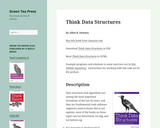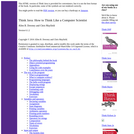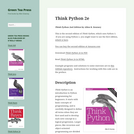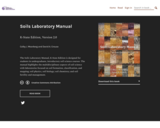
K-State Edition, Version 2.0
Short Description:
The Soils Laboratory Manual, K-State Edition is designed for students in undergraduate, introductory soil science courses. The manual highlights the multidisciplinary aspects of soil science with laboratories focused on soil formation, classification, and mapping; soil physics, soil biology; soil chemistry; and soil fertility and management.
Long Description:
The Soils Laboratory Manual, K-State Edition is designed for students in undergraduate, introductory soil science courses. The lab manual highlights the multidisciplinary aspects of soil science with laboratories focused on soil formation, classification, and mapping; soil physics, soil biology; soil chemistry; and soil fertility and management. The lab manual includes 16 different chapters, each one starting with an introduction and pre-lab assignment, followed by in-lab activities, and complimented by a post-lab assignment. In-lab activities involve field trips, experiments, observation stations, or problem sets. Post-lab assignments include online quizzes, problem sets, or laboratory summary reports.
Version 1 of the lab manual was quickly established as a go-to manual for introductory soil science courses, and was adopted for use by hundreds of soils instructors from around the world. Expanded, updated, and reorganized, Version 2 represents a significant revision to the lab manual, and exhibits a completely new design with improved functionality and accessibility. In addition to a PDF, Version 2 is available in MOBI and EPUB eBook formats and as a web book. A new laboratory, the SoilWeb Field Trip, was added to Version 2 along with significant revisions to the Compost Facility Field Trip and Soil Carbon and Respiration laboratories. The recommended readings in each laboratory now include links to free, online resources in place of conventional textbook reading assignments.
The Soils Laboratory Manual, K-State Edition is used in introductory soil science course at Kansas State University, and is based on the Soils Laboratory Manual, NC State Edition used at North Carolina State University. The Soils Laboratory Manual, K-State Edition was originally published by New Prairie Press in 2017, and was included as a supplement to ‘An Open-Source Laboratory Manual for Introductory Undergraduate Soil Science Courses’ in Natural Sciences Education, Vol. 46:170013, https://dl.sciencesocieties.org/publications/nse/articles/46/1/170013. Supporting materials, assignments, and instructor versions of the lab manual are available at open.soilscience.info. The lab manual is licensed under a Creative Commons Attribution 4.0 International License. Digital copies of the Soils Laboratory Manual, K-State Edition Version 2.0 are available for download from New Prairie Press at no cost.
Word Count: 72416
ISBN: 978-1-944548-35-3
(Note: This resource's metadata has been created automatically by reformatting and/or combining the information that the author initially provided as part of a bulk import process.)
- Subject:
- Agriculture
- Applied Science
- Career and Technical Education
- Engineering
- Environmental Science
- Environmental Studies
- Material Type:
- Textbook
- Provider:
- New Prairie Press
- Author:
- Colby Moorberg
- David Crouse
- Date Added:
- 02/03/2021


